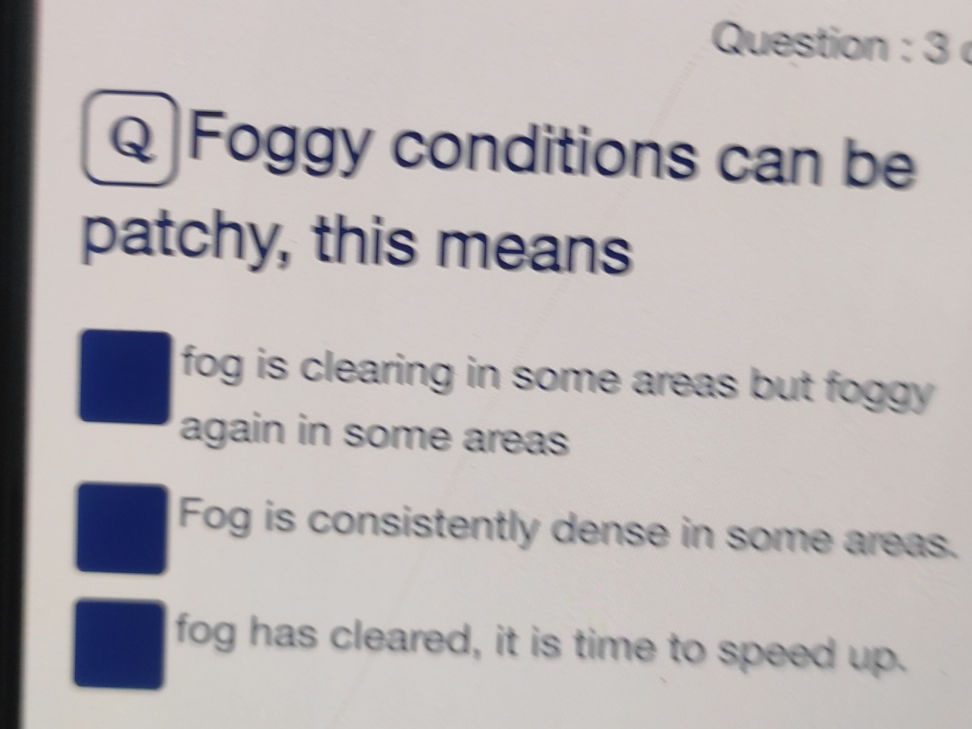Fog, that ethereal phenomenon that cloaks our world in mystery, can be both enchanting and perplexing. Have you ever been caught in a dense fog, only to find that just a few meters away, the visibility returns to normal? This patchiness is not just an inconvenience; it’s a fascinating aspect of meteorology. In this complete guide, we’ll delve into the nature of fog, its causes, and how to navigate those patchy conditions.
What is Fog?
Fog is essentially a collection of tiny water droplets suspended in the air, reducing visibility to less than 1 kilometer (0.62 miles). It forms when moist air cools and condenses into water droplets, creating a veil that can transform the landscape into a scene straight out of a fairy tale.
Types of Fog
Understanding the types of fog can help you anticipate the conditions you might encounter:
- Radiation Fog: Forms on clear nights when the ground cools rapidly, causing the air above it to cool and condense.
- Advection Fog: Occurs when warm, moist air moves over a cooler surface, such as water or land.
- Upslope Fog: Created when moist air is forced to ascend over a topographical barrier, cooling as it rises.
- Ice Fog: A rare phenomenon that occurs in extremely cold temperatures when water vapor sublimates directly into ice crystals.
Why is Fog Patchy?
The patchiness of fog can be attributed to several factors:
- Microclimates: Small variations in topography, temperature, and humidity can create localized areas of fog. For instance, a valley may be shrouded in fog while the adjacent hilltop remains clear.
- Wind Patterns: Wind can disperse fog in some areas while allowing it to persist in others, leading to a mosaic of visibility.
- Temperature Inversions: When a layer of warm air traps cooler air below, it can lead to concentrated pockets of fog.
How to Navigate Patchy Fog
Driving or walking through patchy fog can be tricky. Here are some tips to stay safe:
- Reduce Speed: Always slow down when fog is present. This gives you more time to react to sudden changes in visibility.
- Use Low Beam Headlights: High beams can reflect off the fog and create a glare. Low beams provide better illumination without scattering light.
- Listen for Sounds: In dense fog, relying on your hearing can help you detect approaching vehicles or obstacles.
- Follow Road Markings: Stay close to the lane markings to maintain your direction.
The Charm and Beauty of Fog
While fog can be a nuisance, it also brings a unique beauty to the world. It softens landscapes, blurs outlines, and enhances the play of light. Photographers often seek out foggy conditions for their ability to create ethereal images.
Fog and Nature
Fog is not just a visual spectacle; it plays a crucial role in ecosystems. Many plants and animals rely on fog as a water source, especially in arid regions. For example, the coastal redwoods of California depend on fog to survive during dry summer months.
Embracing Foggy Days
Instead of viewing fog as an inconvenience, consider embracing it. Here are some creative activities to enjoy on foggy days:
- Photography: Capture the mystical quality of fog in your photos.
- Nature Walks: Explore local parks and trails; the fog can transform familiar scenery into something magical.
- Reading by the Window: There’s something cozy about curling up with a book while the fog rolls outside.
Foggy conditions can indeed be patchy, presenting both challenges and opportunities. By understanding the nature of fog and how to navigate it, you can turn a potentially frustrating experience into a delightful adventure. So next time you find yourself enveloped in fog, take a moment to appreciate its beauty and mystery. After all, every patch of fog is a reminder of nature’s enchanting unpredictability.

